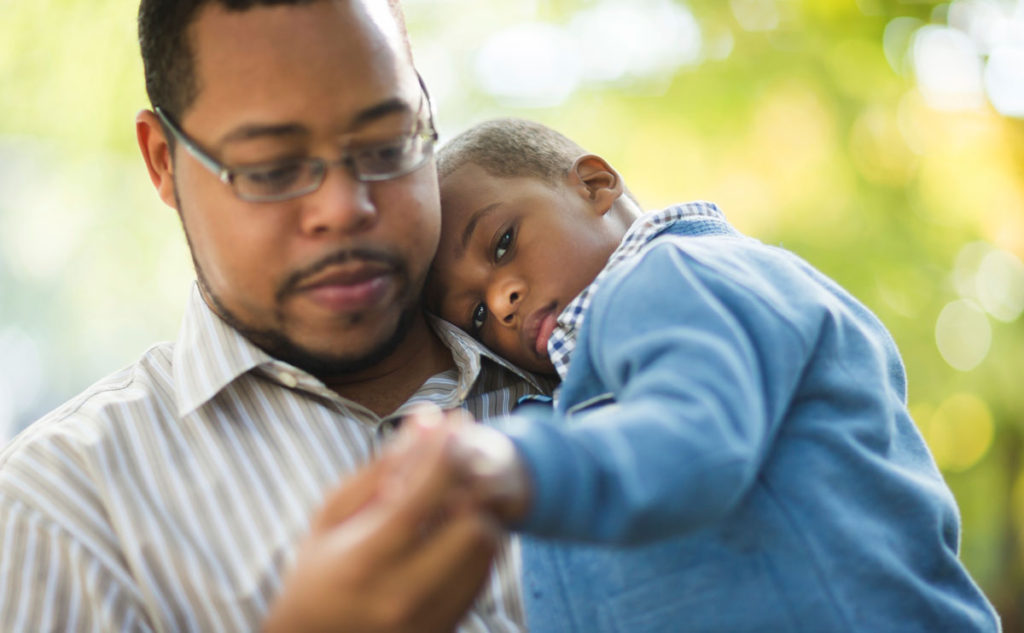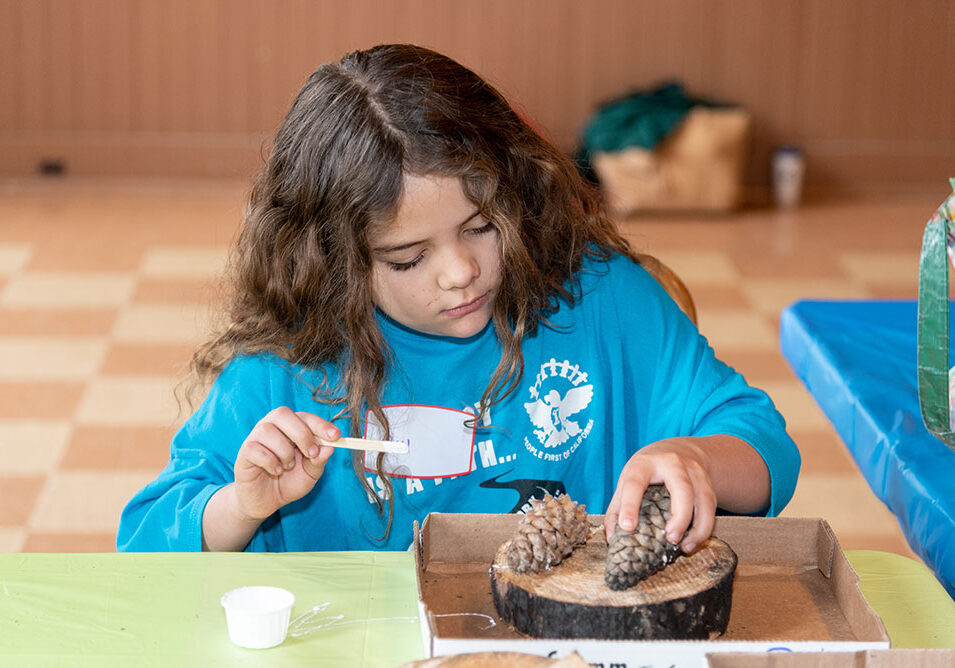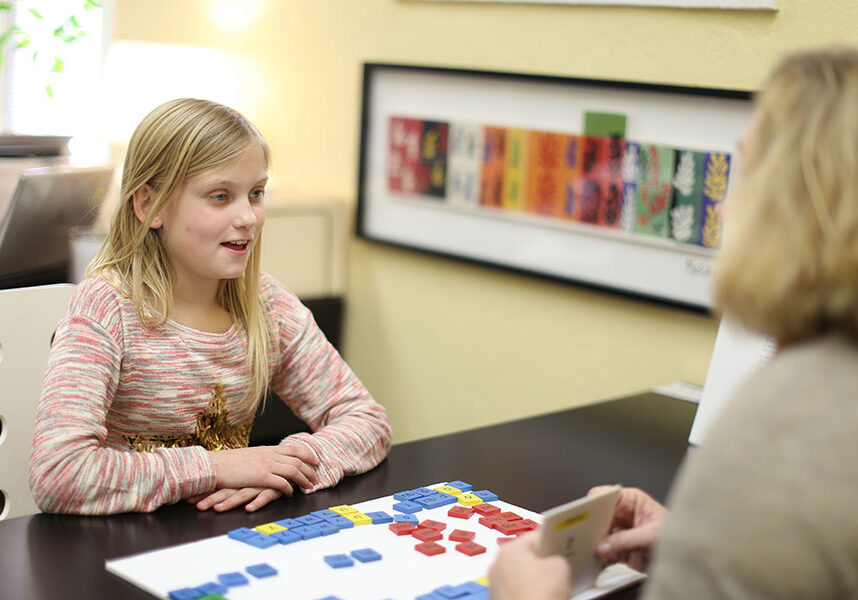 I can clearly remember listening to Melissa Manchester’s song “Don’t Cry Out Loud” as a child back in the 1980s. Those lyrics have been etched in my brain all these years. “Don’t cry out loud. Just keep it inside, learn how to hide your feelings.” Well that is terrible advice, according to science.
I can clearly remember listening to Melissa Manchester’s song “Don’t Cry Out Loud” as a child back in the 1980s. Those lyrics have been etched in my brain all these years. “Don’t cry out loud. Just keep it inside, learn how to hide your feelings.” Well that is terrible advice, according to science.
Things may have been different 30-40 years ago, but now we know it is okay to be sad and to cry once in a while. In fact, sadness is beneficial to our mental health and part of what makes us a fully functioning human. During this spring’s COVID-19 pandemic, confusion, stress and sadness have been running high for many people – adults, and, in their own way, children too.
According to psychologist Jonathan M. Adler in a recent Scientific American article, “Acknowledging the complexity of life [including sadness] may be an especially fruitful path to psychological well-being.” As parents, it is our job to let our children know that it is okay to express their emotions, even if they are uncomfortable.
What Exactly Is Sadness
Sadness is one of the key four human emotions that we experience, with the others being happiness, fear and anger. Sadness is an emotional pain associated with a natural reaction to a difficult situation. It can encompass feelings of disadvantage, loss, despair, grief, helplessness, disappointment and sorrow. It may feel as if a temporary shadow is being cast over our lives and our feelings.
Of course, we must distinguish between normal, occasional sadness such as when someone hurts our feelings or when we watch a sad movie and more serious long-term depression. Depression is a mood disorder that can be debilitating and may need to be treated with therapy and medication. Also, experts are not recommending that we induce sadness but rather accept the natural sadness that we feel during the ups and downs of daily life. Sadness, at times, is just a natural part of children’s emotions.
Benefits of Sadness
Scientists have found many benefits to sadness. According to the video “A Brief History of Melancholy,” sadness helps us gain wisdom and allows us to understand deep emotions like awe and joy more profoundly. Psychology Today explains that sadness is useful because it alerts us to how we should treat ourselves and how we want to be treated by others.
It is also important to understand and accept that sadness is an inevitable and essential part of life. Many people spend their lives striving to be happy as much as possible instead of accepting and embracing other, less enjoyable emotions. Unfortunately, many cultures do not encourage or embrace sadness. We are told that we should work hard to smile and be as happy as possible. Because of these cultural forces, many people are uneasy watching others be sad and are not sure how to react. Furthermore, sadness is often masked by anger and irritation when it is not accepted.
This message of understanding why we need sadness is communicated in my all-time favorite children’s movie, “Inside Out.” This movie creatively explains how our emotions work, and the importance of emotions like joy, sadness, fear and anger. The most touching moment of the film is when we learn the lesson that we need sadness in our life to appreciate and feel joy.
Helps Us Appreciate the Good
We need to feel sadness to fully appreciate the positive, joyful moments that we experience. If we were always happy, that would become the norm, and our emotions would plateau. In a sense, we would become numb if we only felt happiness. Sadness serves as a contrast to happiness and makes the happy moments even more special. Feeling sad is certainly not fun, but if we look at it as simply a moment in time, then we understand how it plays such a critical role in our overall well-being.
Sadness can also allow us to take a step back and be grateful for what we have. It provides a way for us to switch our train of thought to appreciate all the good in our lives. It ultimately helps us see what really matters in life, such as kindness, love, compassion, family and friends.
Deepens Our Connection to Others
Throughout history, crying and other expressions of sadness have been used as a way for people to express their suffering so that they can ultimately build social bonds with others in their family and community. Sadness gives us the capacity to open up to others so that they can help us. It gives others a chance to offer comfort and care, which is a human need. It also helps us to recognize when other people seem sad so that we can offer our support to them in their time of need.
Increases Motivation
Finally, sadness serves as a way of motivating us to address a challenge we are facing. When we are happy and satisfied, we can just keep plugging along without feeling motivated and wanting to move forward to achieve new things. Ironically, sadness can trigger us to make changes that will allow us to achieve our goals more effectively.
One study tested this theory by showing participants either happy or sad films and then asking them to do a demanding cognitive task. Researchers found that participants who were happy spent less time, attempted fewer items, and scored fewer correct answers than those in a negative mood who made more effort and achieved better results. Therefore, a sad mood may increase people’s determination as they see greater potential benefits of making an effort.
This means that it is okay for our kids to be upset sometimes because they did not receive a perfect grade. If they always received As, then what would motivate them? It is healthy for them to be sad when they do not perform perfectly, and it is necessary for them to experience those emotions to motivate them to try harder next time.
Ways to Help Our Kids Express Sadness in a Healthy Way
For thousands of years, people have found that the best way to deal with sadness is to express it. When our children feel sad, our job is not necessarily to fix it and make it all better. We should first take a step back to allow our kids to express what is bothering them and give voice to what caused those feelings. When people are sad, they really just want to be heard and understood. Besides talking through their emotions, we can help our children to express their sadness in the following creative ways:
- Read some examples of poetry and then ask them to write a poem about how they are feeling.
- Give them a journal or diary and encourage them to jot down their concerns.
- Play some sad songs, which can ironically provide some comfort. Maybe they want to write their own song, too.
- Provide art supplies and encourage them to create and show how they feel. It would be neat to compare their art on days when they feel different emotions. Use colors to help them express their mood.
- Put on a puppet show to role-play how they are feeling.
Comment Policy: All viewpoints are welcome, but comments should remain relevant. Personal attacks, profanity, and aggressive behavior are not allowed. No spam, advertising, or promoting of products/services. Please, only use your real name and limit the amount of links submitted in your comment.
Trackbacks
Leave a Reply
You Might Also Like...
A Fusion of Fun and History – AutumnFest at the Patrick Ranch Museum
Looking for something fun, but not scary, to do during the month of October with the kids? How about painting a live donkey and taking your child’s picture with it? […]

ART from Ashes Youth Workshops
During the wildfire season of 2007, over 9,000 separate wildfires burned approximately 1.5 million acres in California. Out of this devastation the nonprofit ART from the Ashes (artfromtheashes.org) was created. […]

Working Memory And The Learning Brain: What It Is and Why It Matters
Working with a child as he learns a new skill can be a rewarding experience for a parent or teacher. It can also be one filled with unexpected challenges, requiring […]
The Yellow Door Presents: Chico Walks for Autism
April 7th brings an opportunity to show your support to individuals in our community with autism, and their families, on a 5k walk that begins and ends at beautiful Bidwell […]





[…] Why Our Children Need to Feel Sadness to Experience Joy […]